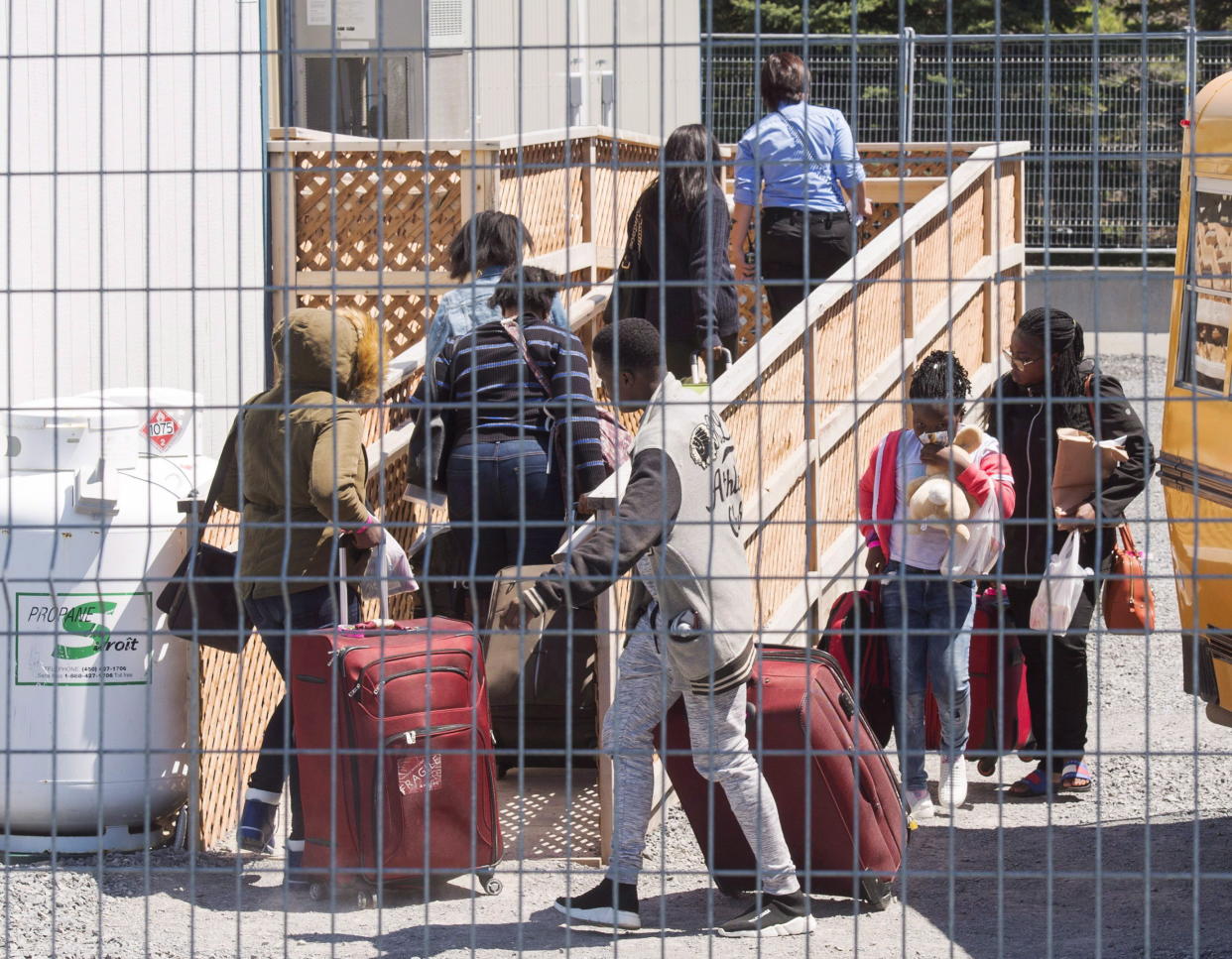How important is it for Canada to uphold its 'open-doors' image globally?

Canada has long been a country of immigrants and is still seen as an “open-doors” nation, with the goal of attracting 310,000 permanent residents in 2018.
But the country is currently dealing with a recent influx of asylum seekers, including thousands of people entering Canada through irregular border crossings. Prime Minister Justin Trudeau’s Liberal government has been criticized for its policy and the lack of available resources to process and house these refugees, which has also sparked questions about the benefit of our “open-doors” nation.
During the presidential campaign, Donald Trump promised to crackdown on some of America’s most vulnerable immigrants, ending visa exemptions for Haitian refugees and promising to deport millions of undocumented immigrants. Prime Minister Justin Trudeau responded to his counterpart’s anti-immigrant message with a tweet saying Canada will welcome everyone.
The tweet has become a political point of contention for the Trudeau government. The Conservatives have repeatedly pointed to the tweet as the decisive message that started making endangered immigrant groups in the U.S. look north of the border.
In an emergency session on July 16, the House of Commons Citizenship and Immigration Committee agreed to have two additional meetings to discuss the influx of asylum seekers from the U.S.
According to Statistics Canada, Quebec and Ontario have had the highest number of refugee claimants. Ontario Premier Doug Ford criticized the federal government’s management of the issue and has demanded that the federal government cover the province’s costs.
“This mess was 100 per cent the result of the federal government, and the federal government should foot 100 per cent of the bills,” Ford said in a statement.
In a letter, Lisa MacLeod, Ontario’s minister for children, community and social services, demanded that the federal government provide $200 million to cover the costs of managing the asylum seekers “crisis.”
Toronto Mayor John Tory has asked both the federal and provincial governments for additional funds to accommodate the number of people seeking shelter in the city. In MacLeod’s letter, the request to the federal government included $74 million for shelter costs for the City of Toronto.
“We just don’t have the resources to do it alone,” Tory said.
In response to the pressure, the federal government announced $50 million in funding for temporary housing of asylum claimants. $11 million will go to Ontario, $36 million for Quebec, and $3 million for Manitoba.
Prime Minister Trudeau and Immigration Minister Ahmed Hussen continue to defend the federal government’s work on the asylum seeker strategy, stressing the country’s “international obligation” and highlighting that “Canadians are generally very positively inclined towards immigration.”
According to polling performed by the Environics Institute, 60 per cent of Canadians say that current immigration levels are just fine. There’s also widespread consensus on the economic impact of immigration, with 80 per cent of Canadians saying it’s a net positive for the country. But a recent poll by the Angus Reid Institute also shows that Canadians are losing faith in Ottawa’s ability to handle the influx. Some two-thirds of respondents in a recent poll said that the situation was at a crisis level and exceeding Canada’s abilities to handle the situation.
At a time when many Western countries are tightening their immigration regulations, how important is it that we uphold our ‘open-doors’ image on global stage? Vote above and leave a comment below.


